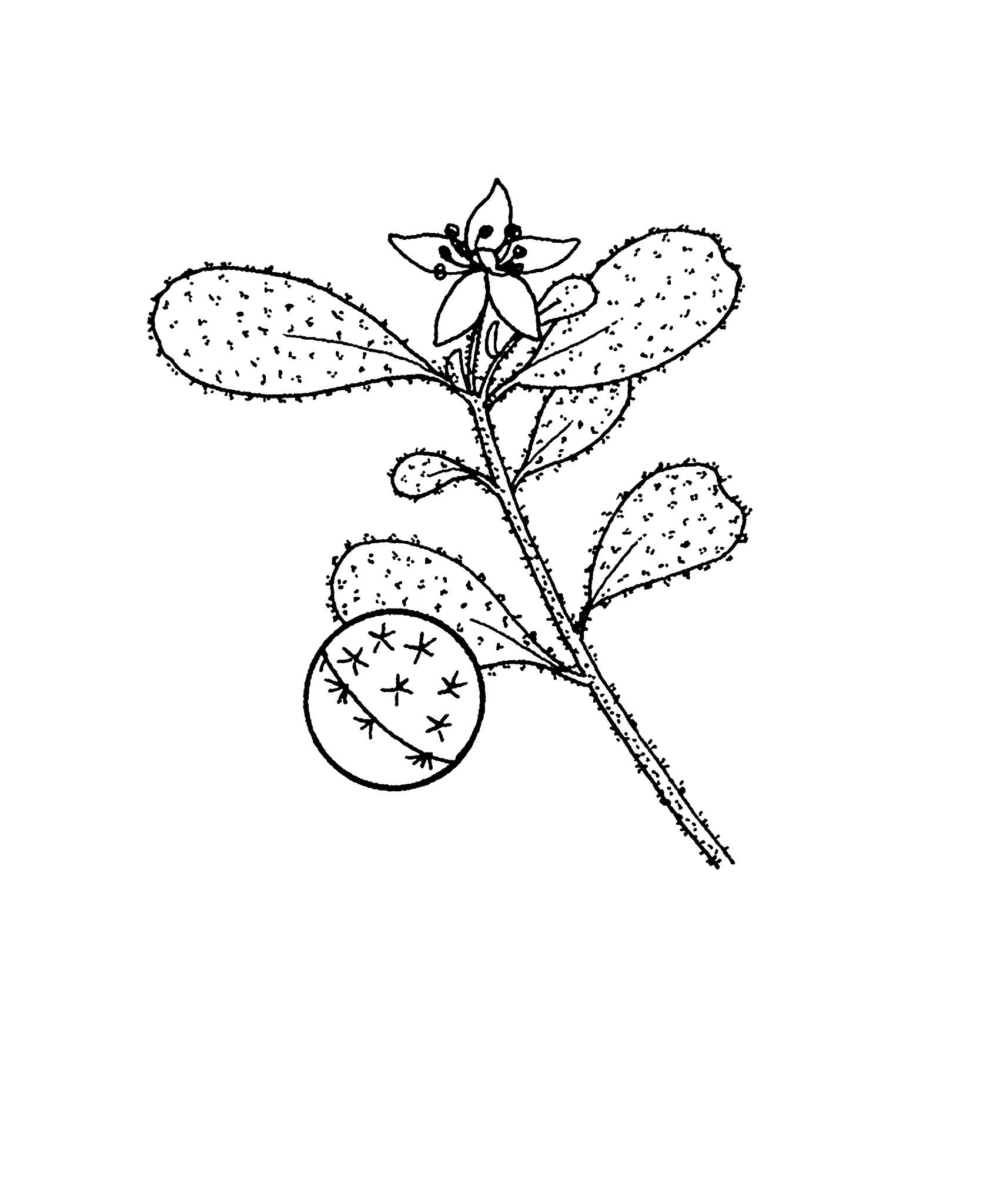
Latin aster — star, from the shape of the capitula.
Mostly perennial herbs, subshrubs or shrubs, rarely annuals. Stems erect or ascending, leafy. Leaves basal and/or along stems, alternate, usually entire, less often toothed or divided. Capitula usually radiate, rarely diskoid, terminal, solitary or in corymbs or panicles, stalked. Involucral bracts in 3-5 rows, overlapping, usually almost equal. Receptacle pitted, flat to convex. Ray florets female, with a prominent ligule, white, pink, blue or purplish. Disk florets bisexual, usually yellow. Achenes obovoid, usually compressed, often ridged, mostly hairy. Pappus of 1 or 2 rows of barbed bristles.
Two species have become weeds in Australia, usually in moist disturbed areas. Many species and cultivars are grown in gardens as border plants but are also used as cut flowers, the numerous cultivars being derived from A. novae-angliae and A. novi-belgii.
The following species are low-growing herbs with basal leaves and scape-like stems with single terminal capitula: A. alpinus L. from the European Alps and Pyrenees, a low herb to 25 cm tall with moderately large capitula (to 4 cm across) and violet or bluish ray florets - cultivars include 'Dark Beauty', with flowers purple in summer ['Dunkelschöne'], 'Roseus', with flowers pale pink and ligulate, Trimix, a colour mix of pink, blue and white, and 'White Beauty',which has white flowers; A. brachytrichus Franch. from China, a low rhizomatous herb to 30 cm tall with large capitula (to 5 cm across) and violet ray florets; A. sibiricus L. from N Asia, a low herb to 40 cm tall with small capitula (to 18 mm across) and violet ray florets; and A. tongolensis Franch. from India to W China, a low stoloniferous herb to 30 cm tall with large capitula (to 5 cm across) and pale blue ray florets.
Star-shaped capitula; leafy stems; mostly entire leaves.
About 250 species, mostly from the northern hemisphere, particularly N America, but also with a few species in southern Africa.
Picton (1999).
Source: (2002). Asteraceae. In: . Horticultural Flora of South-eastern Australia. Volume 4. Flowering plants. Dicotyledons. Part 3. The identification of garden and cultivated plants. University of New South Wales Press.
